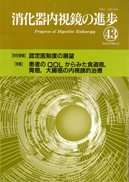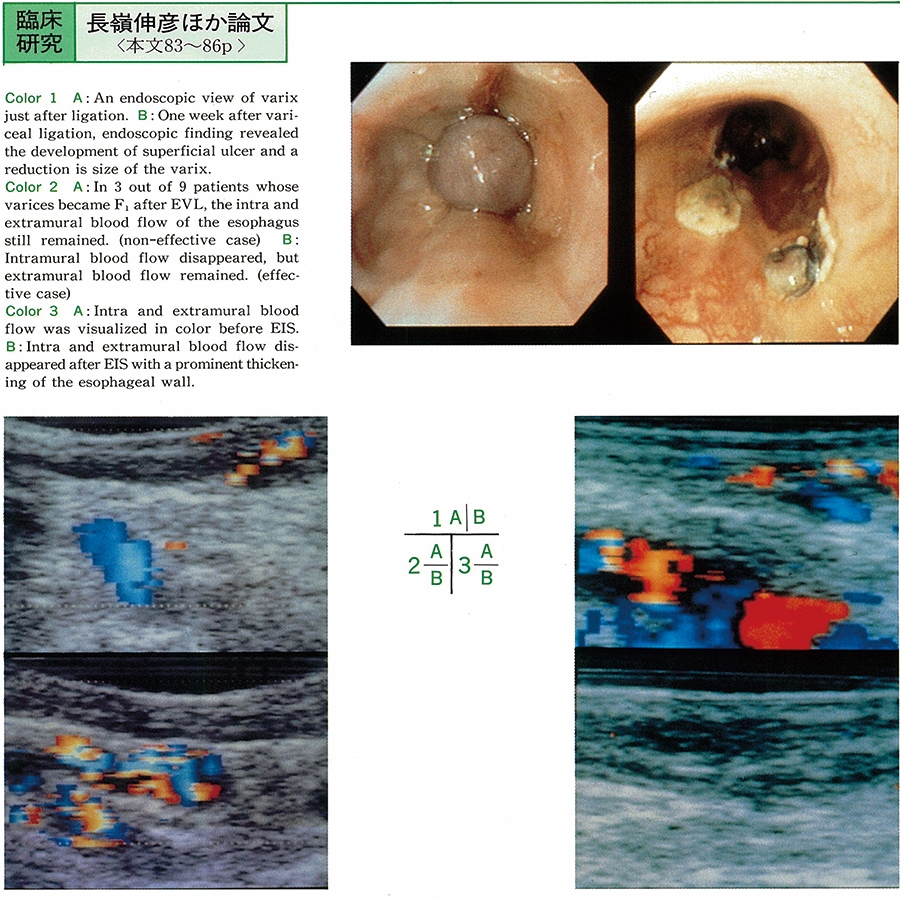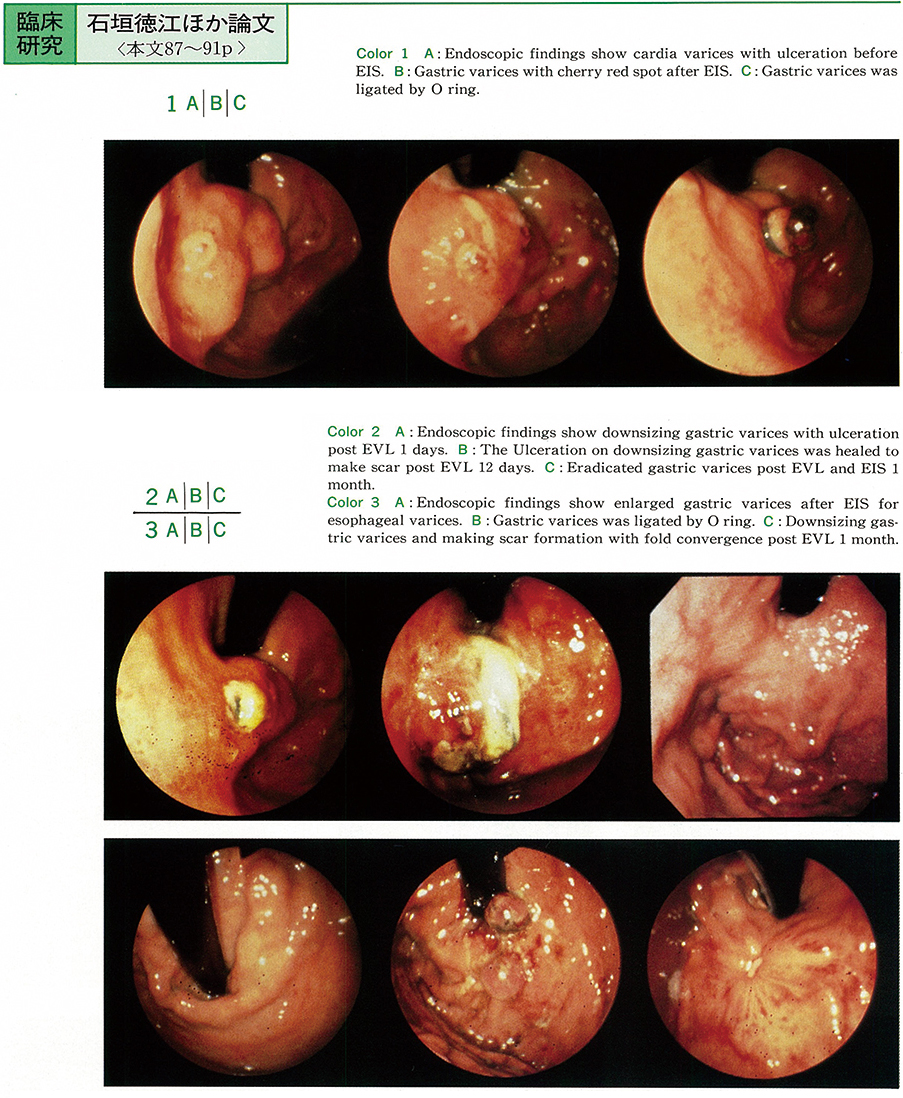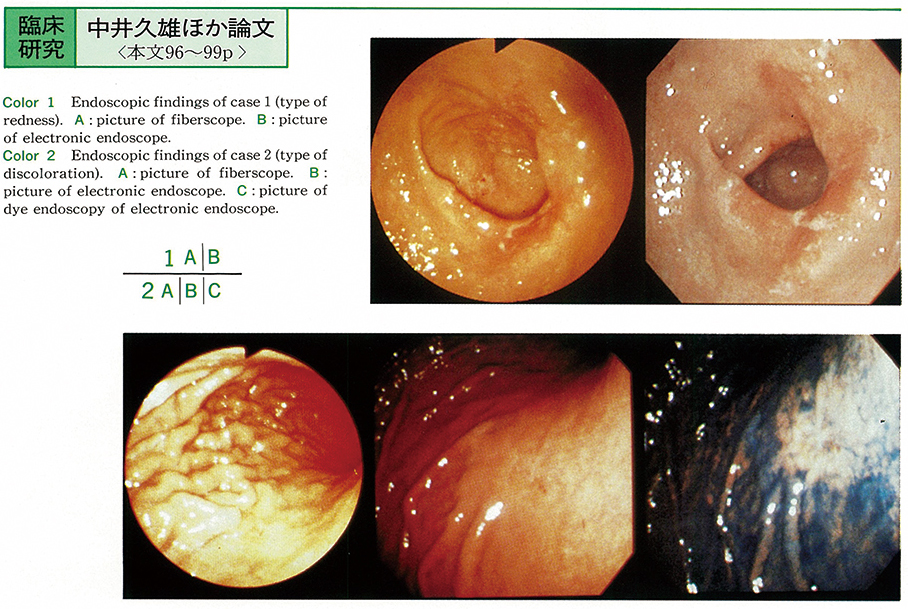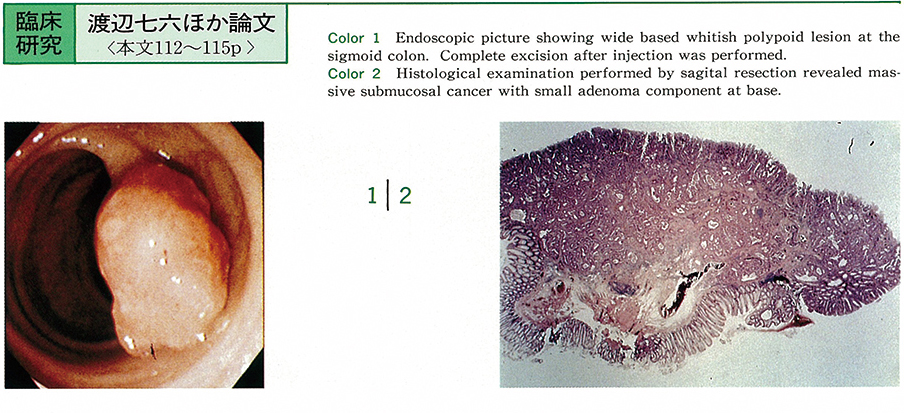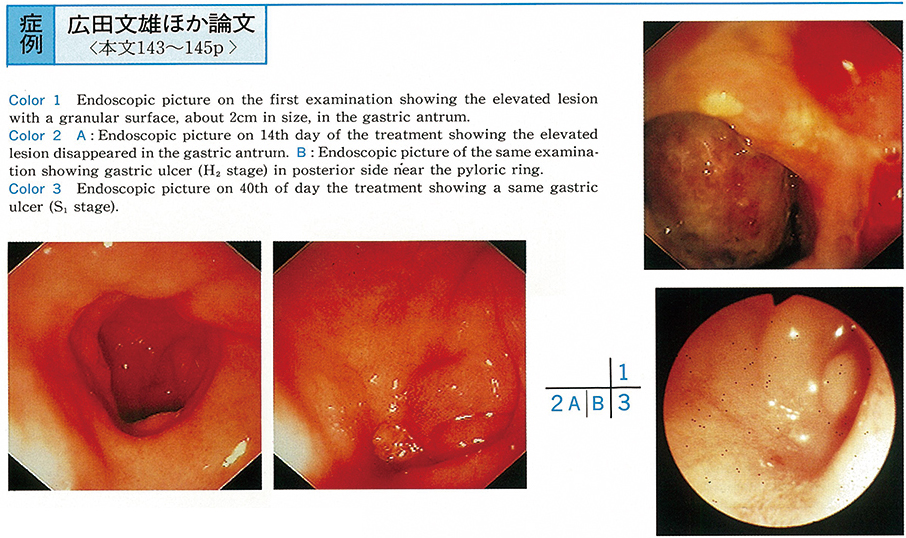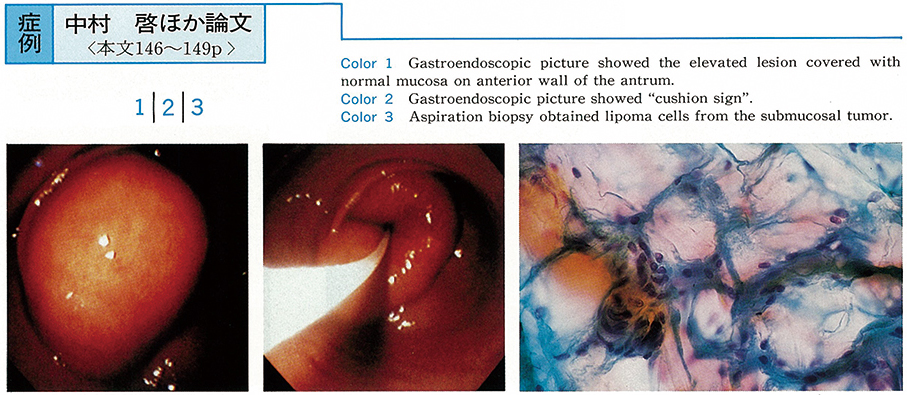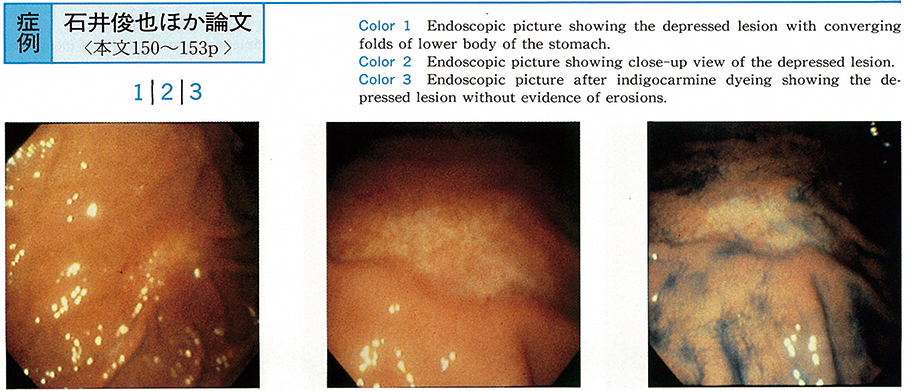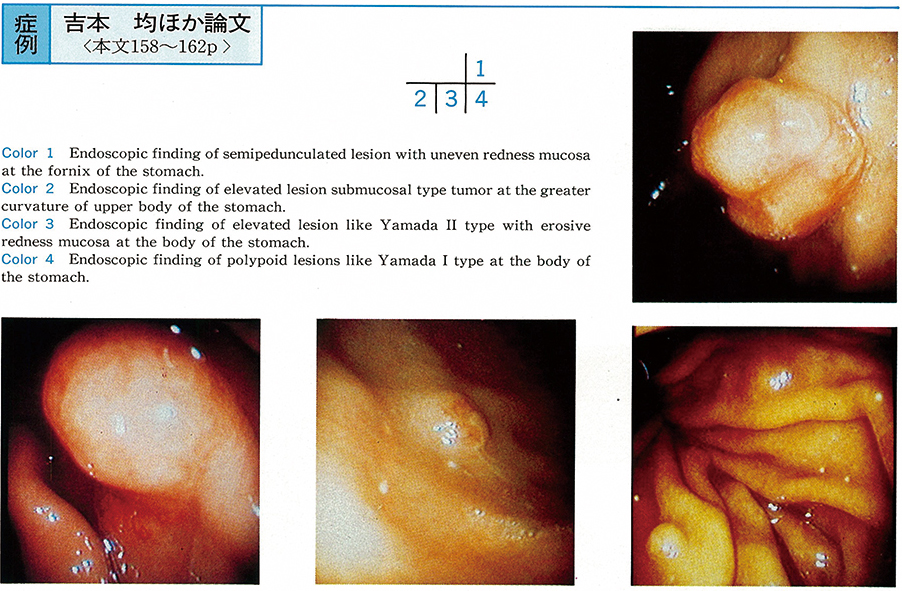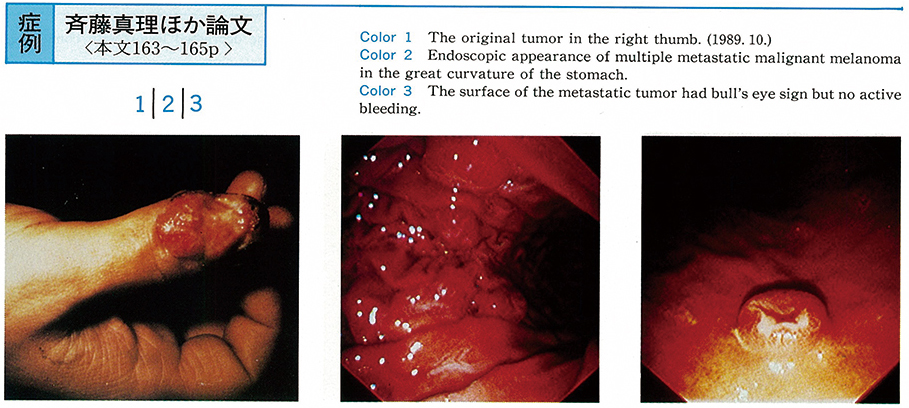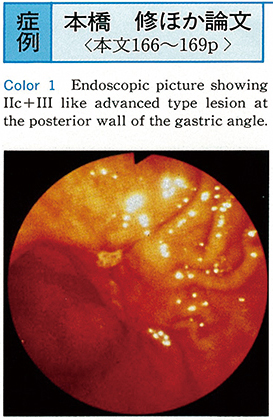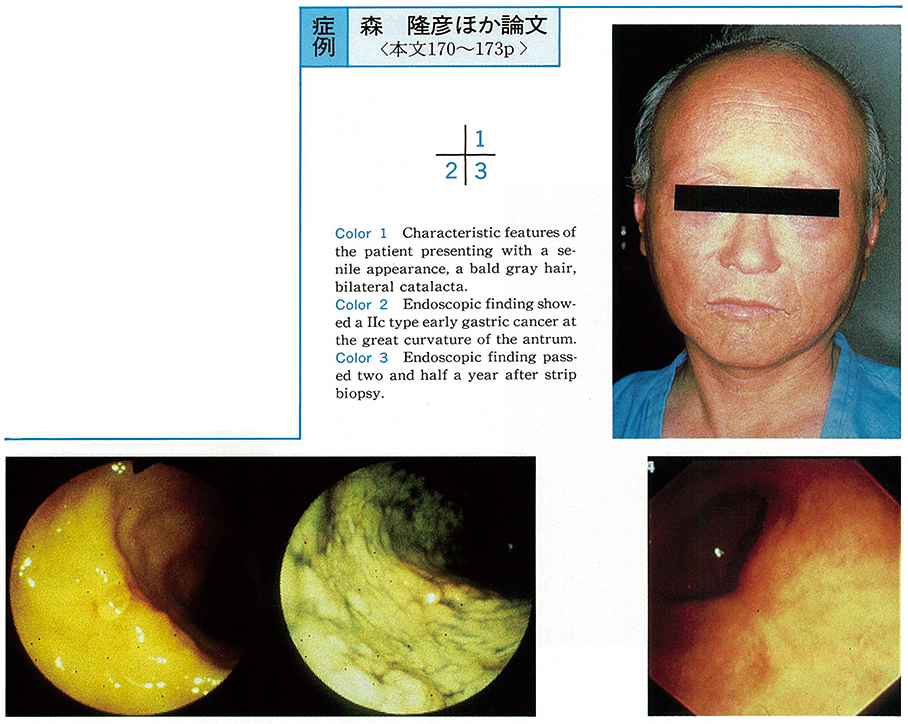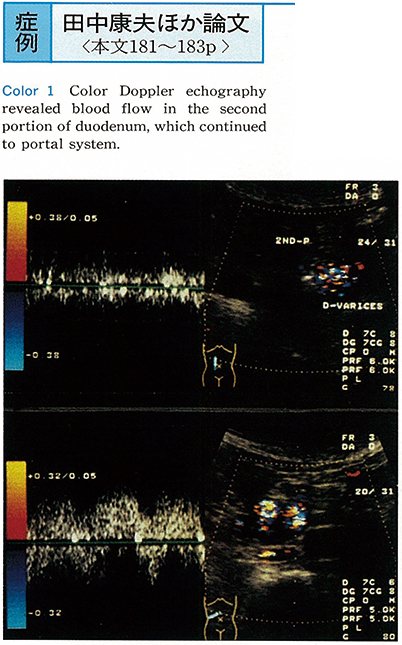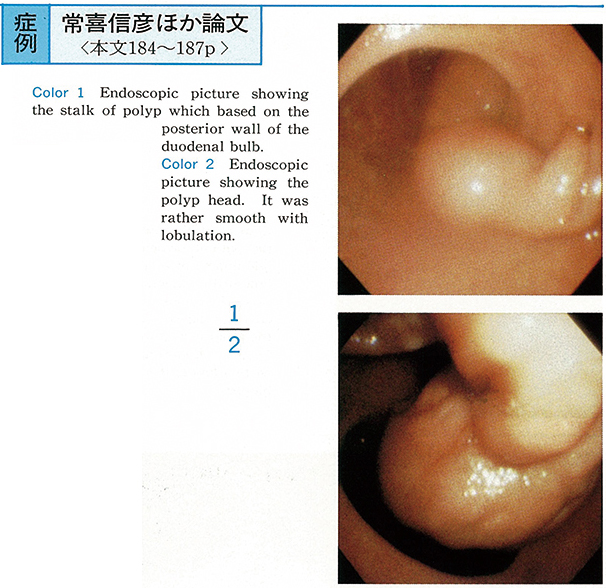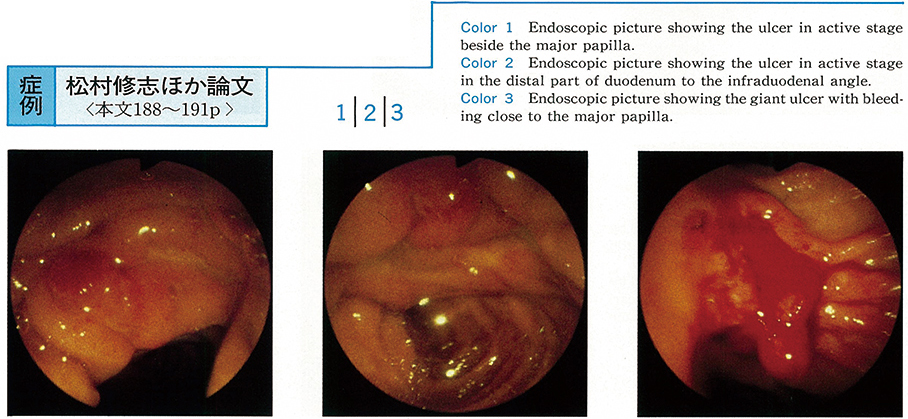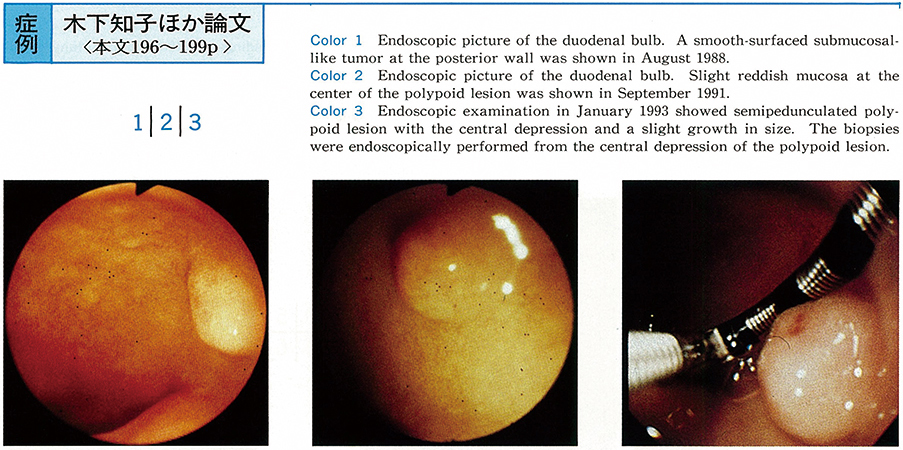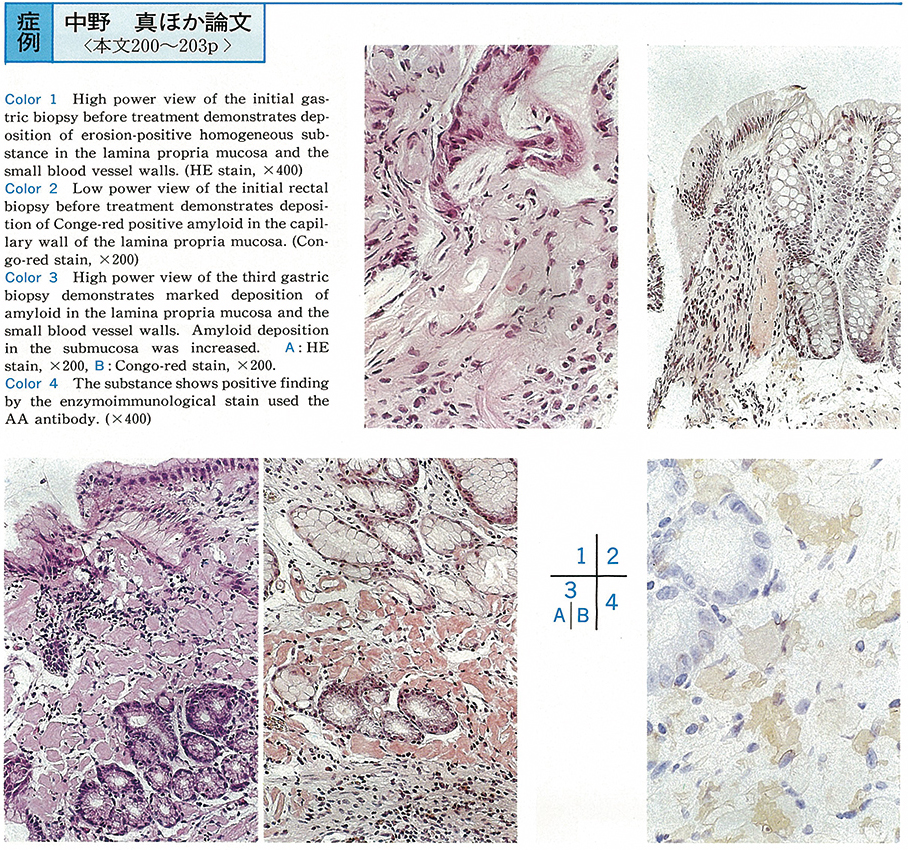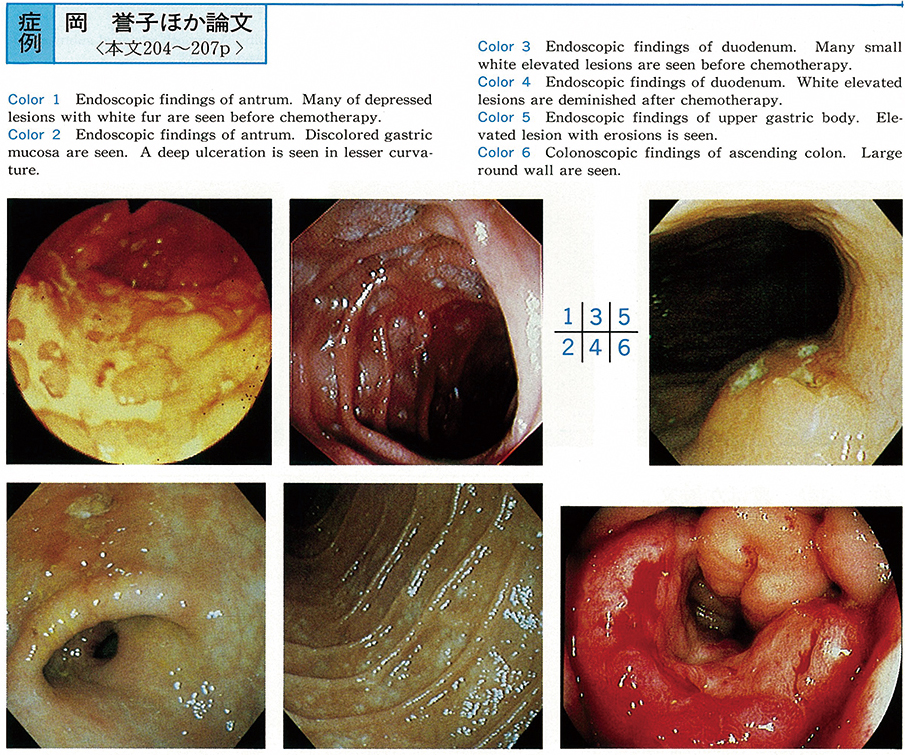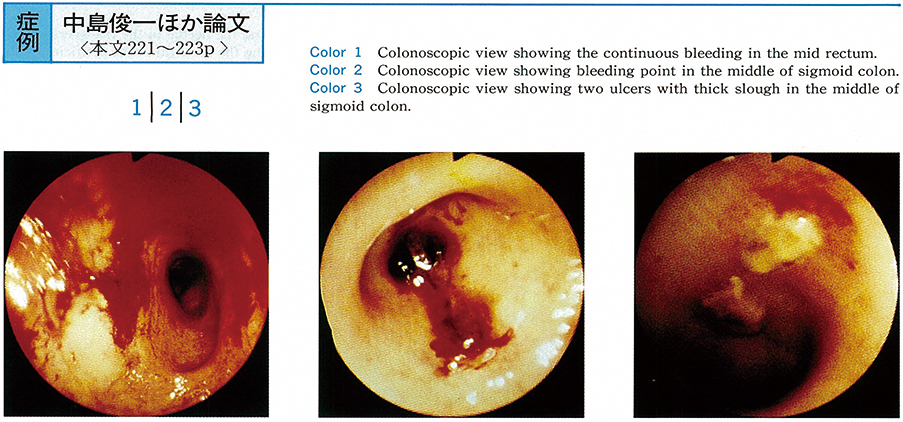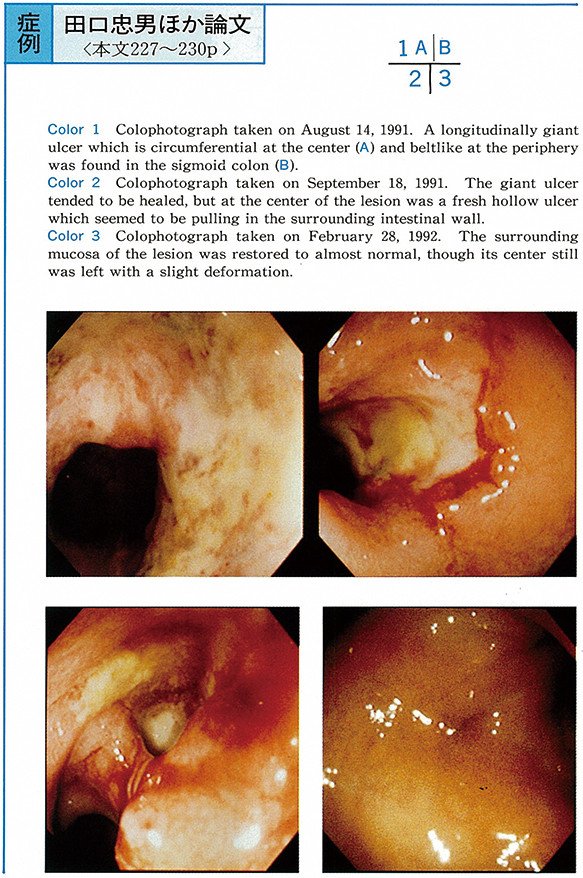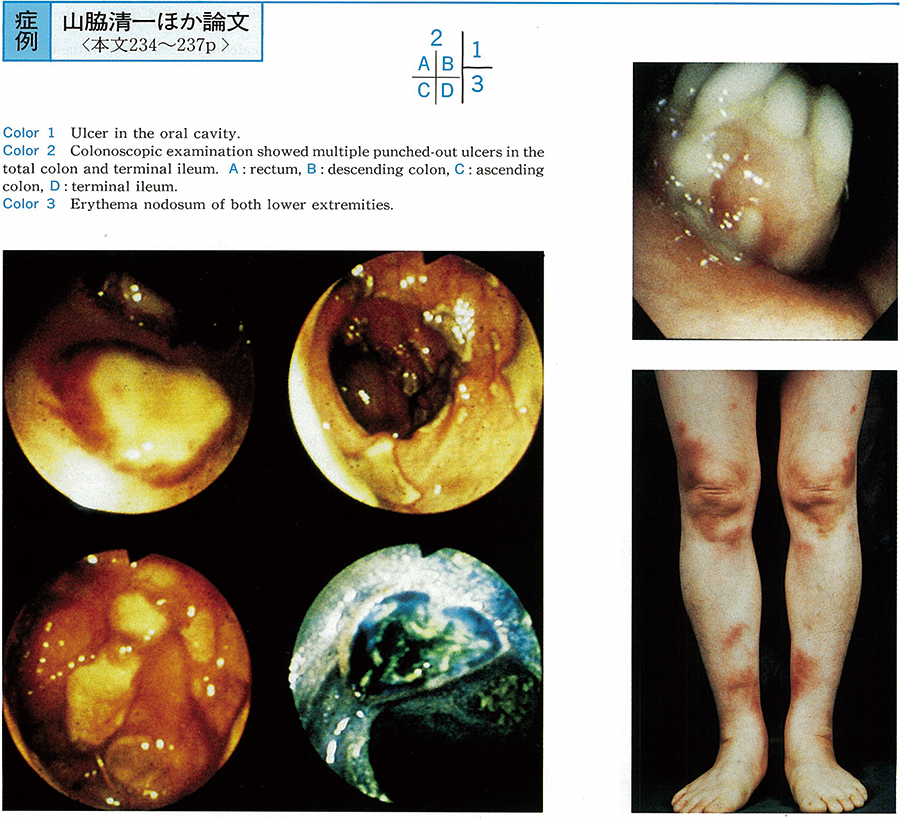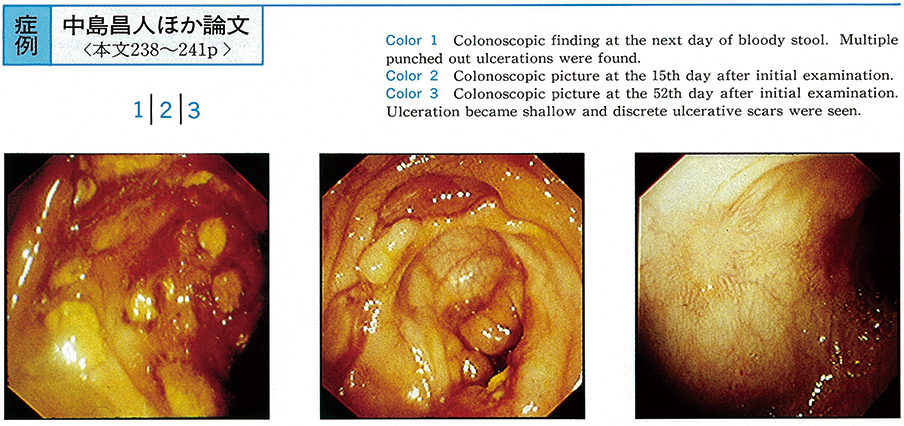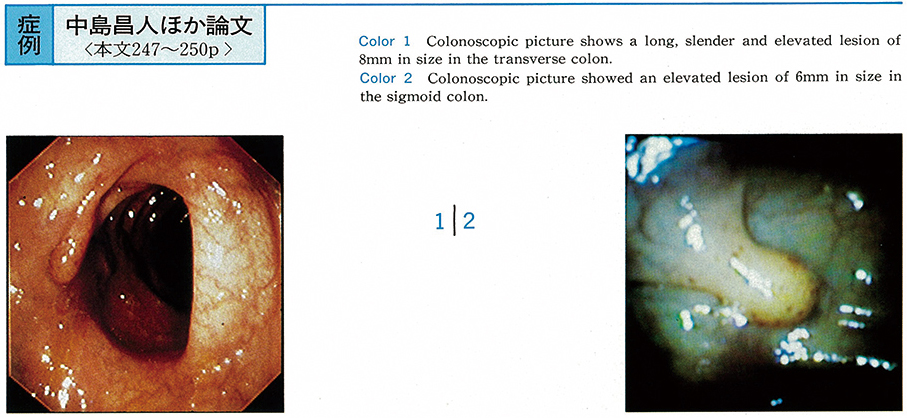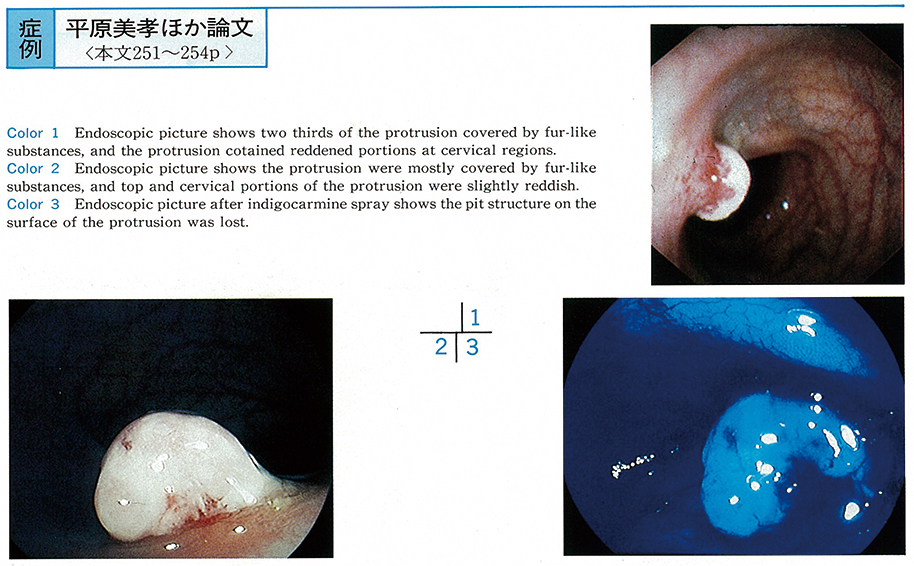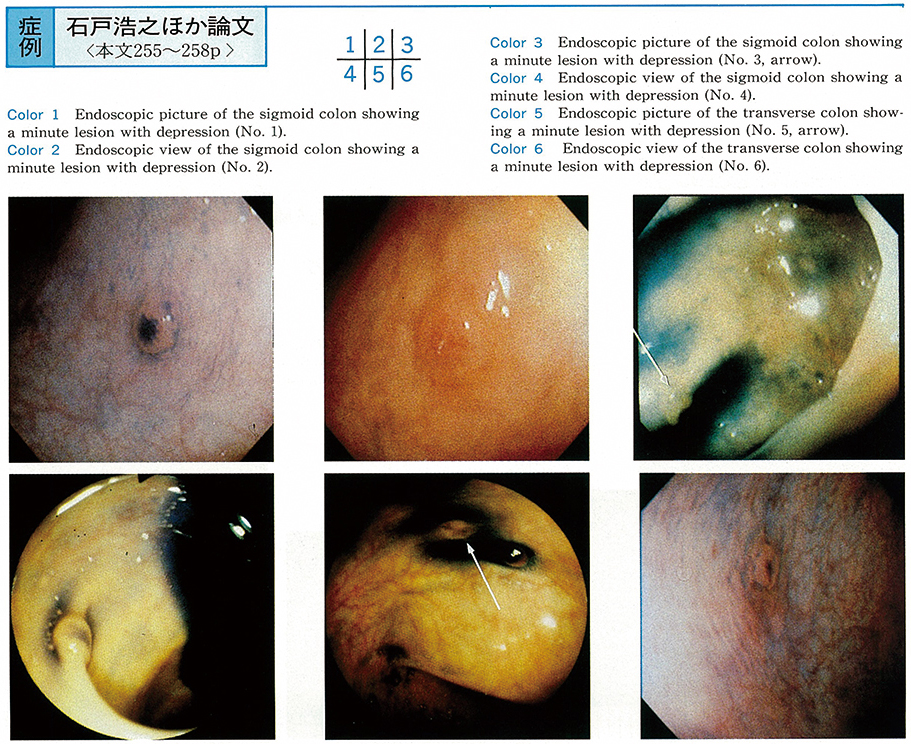Volume 43
Displaying 1-50 of 57 articles from this issue
-
1993 Volume 43 Pages 17-36
Published: 1993
Released on J-STAGE: July 15, 2015
Download PDF (24332K)
Technology and instrument
-
1993 Volume 43 Pages 80-82
Published: December 01, 1993
Released on J-STAGE: July 15, 2015
Download PDF (321K)
Clinical study
-
1993 Volume 43 Pages 83-86
Published: December 01, 1993
Released on J-STAGE: July 15, 2015
Download PDF (439K) -
1993 Volume 43 Pages 87-91
Published: December 01, 1993
Released on J-STAGE: July 15, 2015
Download PDF (1229K) -
1993 Volume 43 Pages 92-95
Published: December 01, 1993
Released on J-STAGE: July 15, 2015
Download PDF (420K) -
1993 Volume 43 Pages 96-99
Published: December 01, 1993
Released on J-STAGE: July 15, 2015
Download PDF (530K) -
1993 Volume 43 Pages 100-103
Published: December 01, 1993
Released on J-STAGE: July 15, 2015
Download PDF (491K) -
1993 Volume 43 Pages 104-107
Published: December 01, 1993
Released on J-STAGE: July 15, 2015
Download PDF (520K) -
1993 Volume 43 Pages 108-111
Published: December 01, 1993
Released on J-STAGE: July 15, 2015
Download PDF (786K) -
1993 Volume 43 Pages 112-115
Published: December 01, 1993
Released on J-STAGE: July 15, 2015
Download PDF (490K) -
1993 Volume 43 Pages 116-119
Published: December 01, 1993
Released on J-STAGE: July 15, 2015
Download PDF (509K) -
1993 Volume 43 Pages 120-122
Published: December 01, 1993
Released on J-STAGE: July 15, 2015
Download PDF (350K)
Case report
-
1993 Volume 43 Pages 123-126
Published: December 01, 1993
Released on J-STAGE: July 15, 2015
Download PDF (973K) -
1993 Volume 43 Pages 127-129
Published: December 01, 1993
Released on J-STAGE: July 15, 2015
Download PDF (803K) -
1993 Volume 43 Pages 130-133
Published: December 01, 1993
Released on J-STAGE: July 15, 2015
Download PDF (829K) -
1993 Volume 43 Pages 134-137
Published: December 01, 1993
Released on J-STAGE: July 15, 2015
Download PDF (1565K) -
1993 Volume 43 Pages 138-142
Published: December 01, 1993
Released on J-STAGE: July 15, 2015
Download PDF (1751K) -
1993 Volume 43 Pages 143-145
Published: December 01, 1993
Released on J-STAGE: July 15, 2015
Download PDF (1167K) -
1993 Volume 43 Pages 146-149
Published: December 01, 1993
Released on J-STAGE: July 15, 2015
Download PDF (1869K) -
1993 Volume 43 Pages 150-153
Published: December 01, 1993
Released on J-STAGE: July 15, 2015
Download PDF (757K) -
1993 Volume 43 Pages 154-157
Published: December 01, 1993
Released on J-STAGE: July 15, 2015
Download PDF (1353K) -
1993 Volume 43 Pages 158-162
Published: December 01, 1993
Released on J-STAGE: July 15, 2015
Download PDF (2412K) -
1993 Volume 43 Pages 163-165
Published: December 01, 1993
Released on J-STAGE: July 15, 2015
Download PDF (1471K) -
1993 Volume 43 Pages 166-169
Published: December 01, 1993
Released on J-STAGE: July 15, 2015
Download PDF (1988K) -
1993 Volume 43 Pages 170-173
Published: December 01, 1993
Released on J-STAGE: July 15, 2015
Download PDF (909K) -
1993 Volume 43 Pages 174-177
Published: December 01, 1993
Released on J-STAGE: July 15, 2015
Download PDF (1456K) -
1993 Volume 43 Pages 178-180
Published: December 01, 1993
Released on J-STAGE: July 15, 2015
Download PDF (1339K) -
1993 Volume 43 Pages 181-183
Published: December 01, 1993
Released on J-STAGE: July 15, 2015
Download PDF (960K) -
1993 Volume 43 Pages 184-187
Published: December 01, 1993
Released on J-STAGE: July 15, 2015
Download PDF (1119K) -
1993 Volume 43 Pages 188-191
Published: December 01, 1993
Released on J-STAGE: July 15, 2015
Download PDF (1089K) -
1993 Volume 43 Pages 192-195
Published: December 01, 1993
Released on J-STAGE: July 15, 2015
Download PDF (1277K) -
1993 Volume 43 Pages 196-199
Published: December 01, 1993
Released on J-STAGE: July 15, 2015
Download PDF (1359K) -
1993 Volume 43 Pages 200-203
Published: December 01, 1993
Released on J-STAGE: July 15, 2015
Download PDF (1155K) -
1993 Volume 43 Pages 204-207
Published: December 01, 1993
Released on J-STAGE: July 15, 2015
Download PDF (923K) -
1993 Volume 43 Pages 208-210
Published: December 01, 1993
Released on J-STAGE: July 15, 2015
Download PDF (898K) -
1993 Volume 43 Pages 211-214
Published: December 01, 1993
Released on J-STAGE: July 15, 2015
Download PDF (1753K) -
1993 Volume 43 Pages 215-217
Published: December 01, 1993
Released on J-STAGE: July 15, 2015
Download PDF (1161K) -
1993 Volume 43 Pages 218-220
Published: December 01, 1993
Released on J-STAGE: July 15, 2015
Download PDF (321K) -
1993 Volume 43 Pages 221-223
Published: December 01, 1993
Released on J-STAGE: July 15, 2015
Download PDF (828K) -
1993 Volume 43 Pages 224-226
Published: December 01, 1993
Released on J-STAGE: July 15, 2015
Download PDF (1223K) -
1993 Volume 43 Pages 227-230
Published: December 01, 1993
Released on J-STAGE: July 15, 2015
Download PDF (1499K) -
1993 Volume 43 Pages 231-233
Published: December 01, 1993
Released on J-STAGE: July 15, 2015
Download PDF (1027K) -
1993 Volume 43 Pages 234-237
Published: December 01, 1993
Released on J-STAGE: July 15, 2015
Download PDF (692K) -
1993 Volume 43 Pages 238-241
Published: December 01, 1993
Released on J-STAGE: July 15, 2015
Download PDF (1142K) -
1993 Volume 43 Pages 242-246
Published: December 01, 1993
Released on J-STAGE: July 15, 2015
Download PDF (2515K) -
1993 Volume 43 Pages 247-250
Published: December 01, 1993
Released on J-STAGE: July 15, 2015
Download PDF (1324K) -
1993 Volume 43 Pages 251-254
Published: December 01, 1993
Released on J-STAGE: July 15, 2015
Download PDF (1393K) -
1993 Volume 43 Pages 255-258
Published: December 01, 1993
Released on J-STAGE: July 15, 2015
Download PDF (2050K) -
1993 Volume 43 Pages 259-262
Published: December 01, 1993
Released on J-STAGE: July 15, 2015
Download PDF (1554K) -
A Case of a 25mm Nodular Aggregated Type sm Carcinoma Resected en bloc by the Method of Strip Biopsy1993 Volume 43 Pages 263-266
Published: December 01, 1993
Released on J-STAGE: July 15, 2015
Download PDF (2061K)
